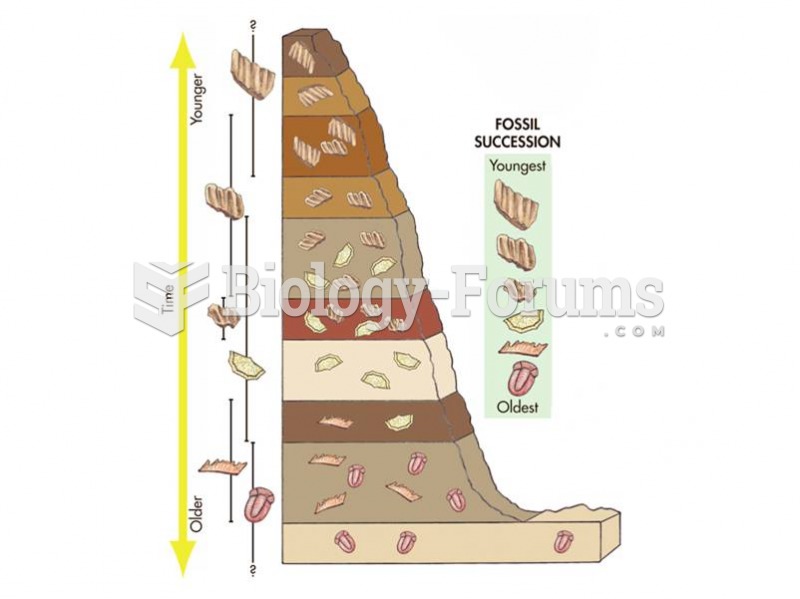Answer to Question 1
Answer: A
Answer to Question 2
Answer: An occupation is a group of jobs, found at more than one company, in which a common set of tasks is performed or is related in terms of similar objectives, methodologies, materials, products, worker actions, or worker characteristics. File clerk, clerk typist, administrative clerk, staff secretary, and administrative secretary are jobs in the office support occupation.
According to the Occupational Outlook Handbook, pharmacists possess advanced training to give them the knowledge and skills to safely fill prescriptions, verifying instructions from physicians on the proper amounts of medication to give to patients, check whether the prescription will interact negatively with other drugs that a patient is taking, affect a patient's existing medical conditions, instruct patients on using a prescribed medicine and inform them about potential side effects. Pharmacy technicians support the work of pharmacists while under their supervision. For example, technicians, take the information needed to fill a prescription from customers or health professionals, measure medication for prescriptions, package and label prescriptions, and organize inventory. Pharmacy technicians do not require advanced education; most of their training takes place on the job. Average annual pay reflects these differences. In 2013, pharmacists earned 116,500 while pharmacy technicians earned 30,840.







